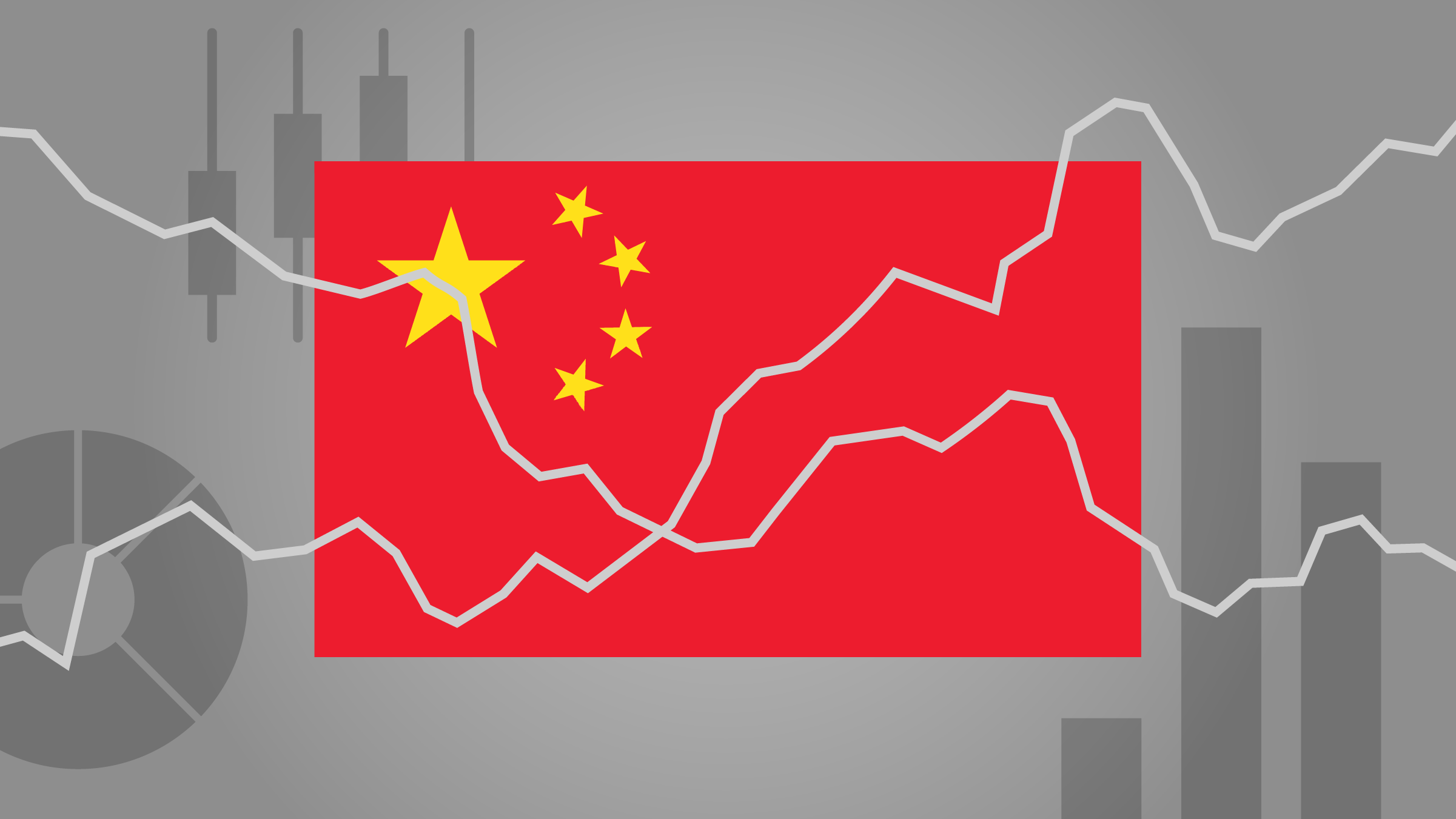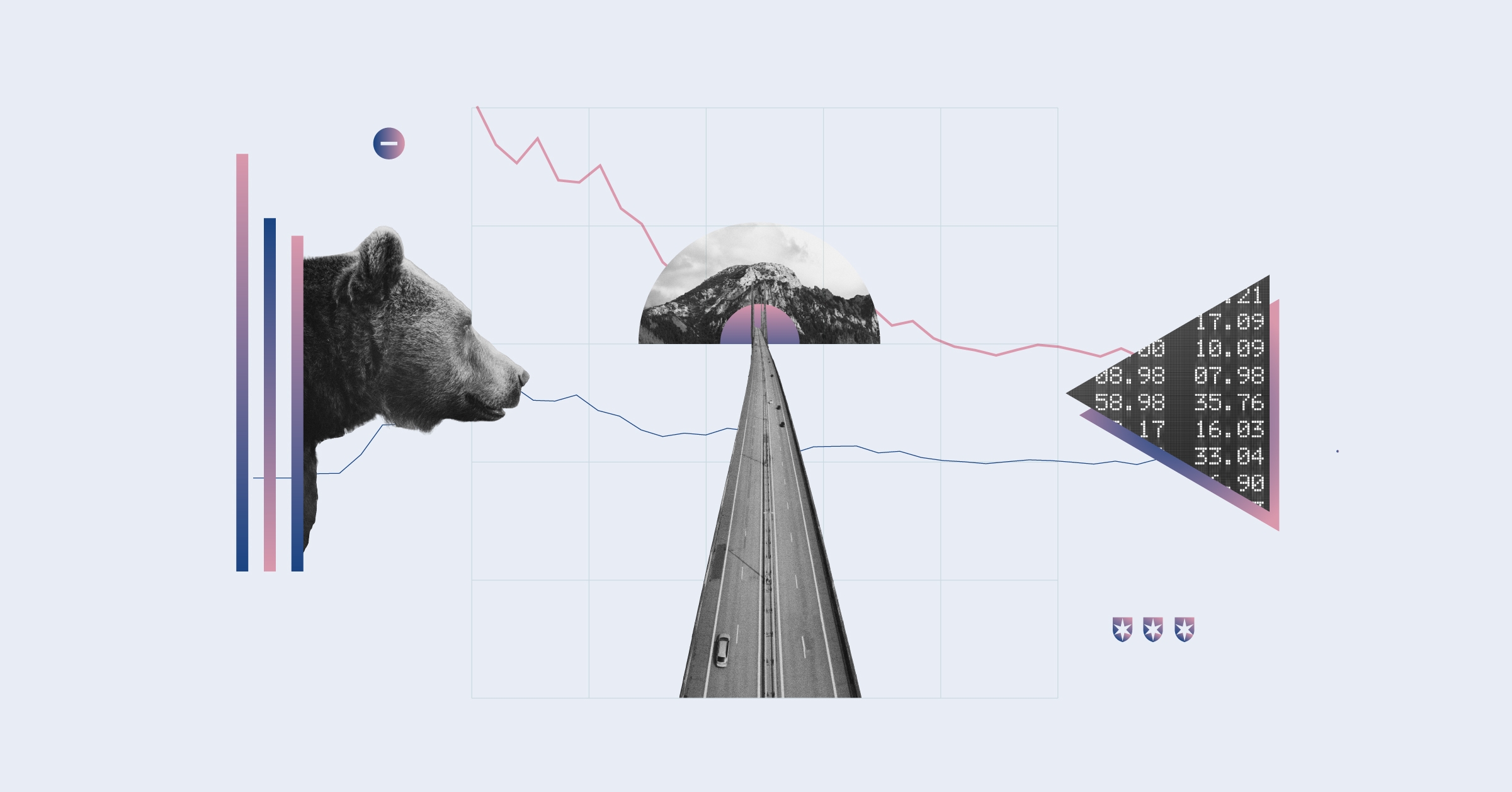Glenn Freeman: In this edition of "Ask the Expert" I'm speaking to Brad Bugg from Morningstar Investment Management about alternatives.
Brad, thanks for your time today.
Brad Bugg: Good to be here.
Freeman: Now, Brad, we are talking today about alternatives and we hear a lot in the press about equity markets and about bond markets. But this is the space that tends to get overlooked. But they are also something that factor into your portfolios there at MIM, aren't they?
Bugg: That's right. I mean, when we are building our multi-asset portfolios, alternatives are very important part of how we bring the total portfolio together. When we look to integrate alternatives into our portfolios, we really look to something which is going to give us something different from a traditional bond or equity market. So, that incorporates things like hedge funds, commodities, emerging market debt, bank loans. They all have very different drivers to what we traditionally see in equity and bond markets. So, that's what we are really looking for.
Freeman: In that commodity space, we hear a lot about how reliant Australia's mining companies and iron ore prices are on, say, China for instance. But what are some of the other commodities that you actually cover within this alternatives portfolio?
Bugg: A lot of the focus typically gets drawn towards the hard commodity space, so iron ore, which obviously China is very dependent on and that's a big driver of most equities here in Australia. But softer commodities like agriculture, the assets which we think bring something different to a portfolio, the drivers of their price is often quite different to what might drive the price of iron ore, for instance. And so, when we bring that into a portfolio depending on different demand and supply conditions, they will react differently to other parts of the portfolio. And again, that's really what we are looking for.
Freeman: How important is this sort of exposure to investors in diversifying their portfolio and making sure they have got those different types of exposures?
Bugg: Well, I think, the last quarter is a great example. So, we saw a period where many equity markets were falling by 10% or more. And a lot of our alternatives portfolio while they were down, they are only down sort of 3% to 4%, which is exactly what we are after. And typically, on the upside when equity markets are up 10% or 12%, we don't expect our alternatives exposure to be up by that. But if they are up sort of 3% or 4%, that's better than having our money in cash. So, it's really those differing return drivers that really bring that sort of benefit and appeal to a multi-asset portfolio.
Freeman: And have you changed your exposure or increased your exposure or dropped it within the last quarter in response to that?
Bugg: We actually haven't changed our exposure to alternatives as yet. But it is something we are certainly looking at. I mentioned alternatives already, they have outperformed other parts of the portfolio over the last couple of months. So, we are actually looking at sort of whether we might pare back some of that exposure and reallocate it into markets which have been maybe oversold.
Freeman: And which markets do you look to for the underlying assets within that alternatives space? Do you look at solely sort of the U.S. and U.K. and other developed markets? Or do you also look at emerging markets?
Bugg: Like the rest of our portfolio, we try to be as diverse as possible. So, that might mean that we'll try and take a global exposure to all the different types of commodities. Conversely, we might sort of target a particular part of an emerging market where we see particularly good opportunities. So, it really depends on the valuation opportunity which we can get as well as sort of the diversity that type of exposure might bring to the portfolio.
Freeman: Any markets that jump out to you at this point as being particularly attractive?
Bugg: I think Europe as a whole has typically been oversold. So, there's parts of the alternative market there which we've been looking at closing. We've also been sort of looking at specific parts of the Australian commodity market because clearly sort of the softer commodity markets here have been impacted by the drought conditions that we've had. And so, that's impacted the demand and supply dynamic and that's had an impact on prices. So, you know, where we are really sort of looking at that angle as well and whether that provides some opportunities to add or even reduce our current exposure.





























